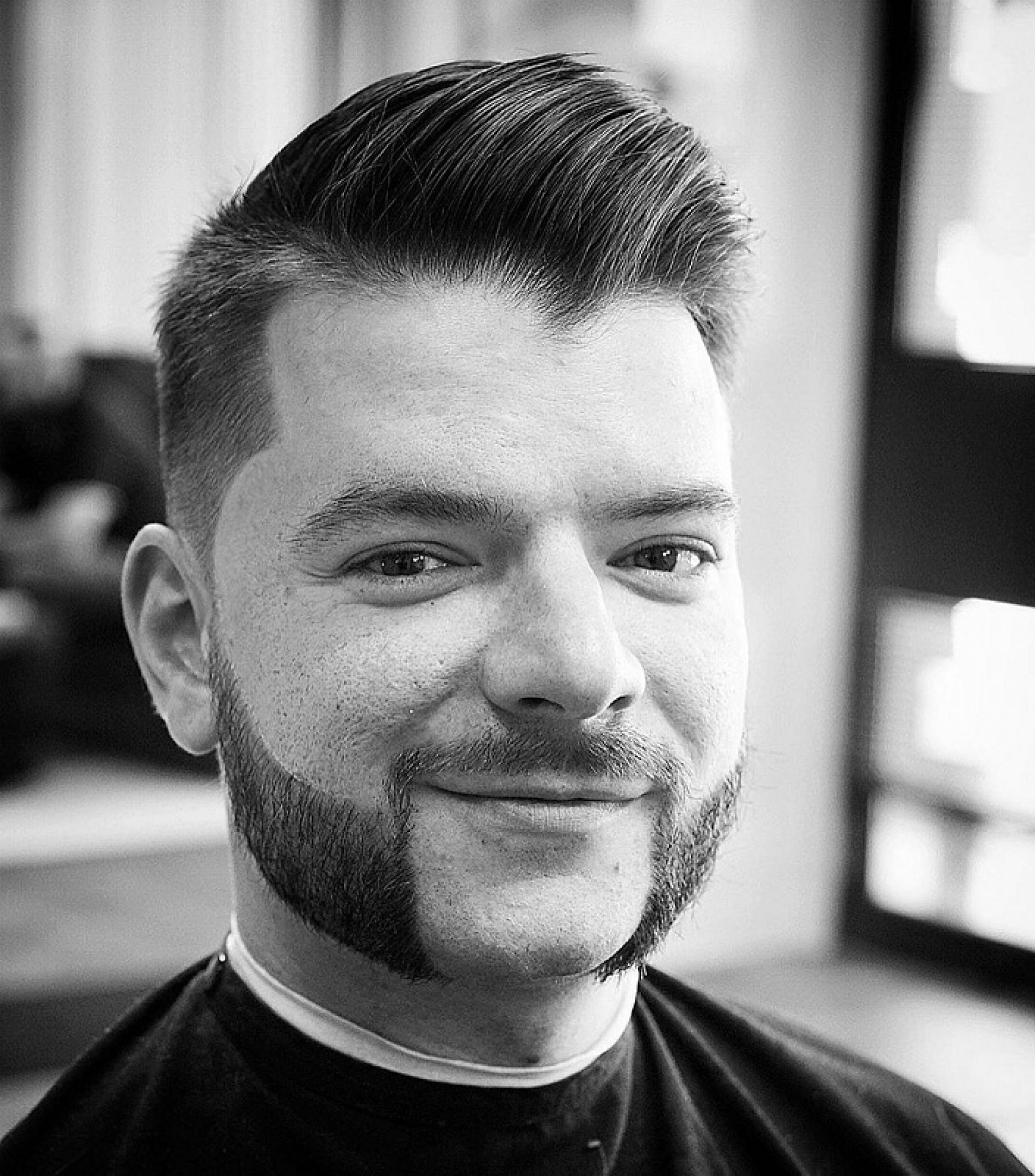

The chart breaks down 36 types of facial hair. Passengers wearing masks as a precaution against the spread of the new coronavirus COVID-19 arrive at the Sao Paulo International Airport in Sao Paulo, Brazil (AP Photo/Andre Penner)Īccordingly, for all those who are unsure as to what type of facial hairstyle will work with a tight-sealing respirator, the CDC created the infographic with their "best guesses" complete with a line representing a typical sealing surface. Facial hair that lies along the sealing area of a respirator, such as beards, sideburns, or some mustaches, will interfere with respirators that rely on a tight facepiece seal to achieve maximum protection," says the 2017 blog called "To Beard or Not to Beard? That’s a good Question". "So, you want to grow out your beard, but wear a tight-fitting respirator at work? Ensuring the respirator seal is a vital part of respiratory protection practices.
#MODERN MUTTON CHOPS BEARD PATCH#
A soul patch and side-whiskers are, however, safe bets, according to the infographic.

According to it, Van Dyke, mutton chops, a long stubble and a Dali are a complete no-no. But have you ever wondered that your extended goatee or that full beard might not work with face masks?Ī 2017 guide from the US Centers for Disease Control and Prevention (CDC), which has now resurfaced, shows that certain types of facial hair will not work with a protective face mask. Face masks have been flying off the shelves amid rising fears about the spread of the new coronavirus.


 0 kommentar(er)
0 kommentar(er)
